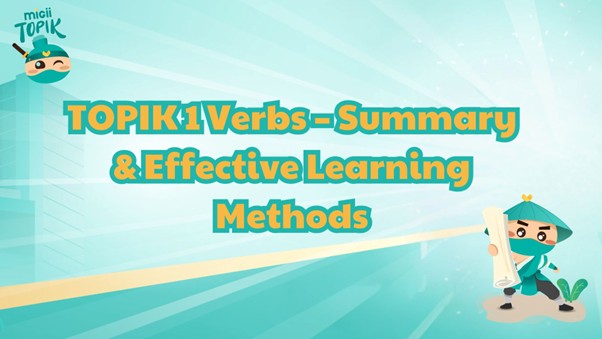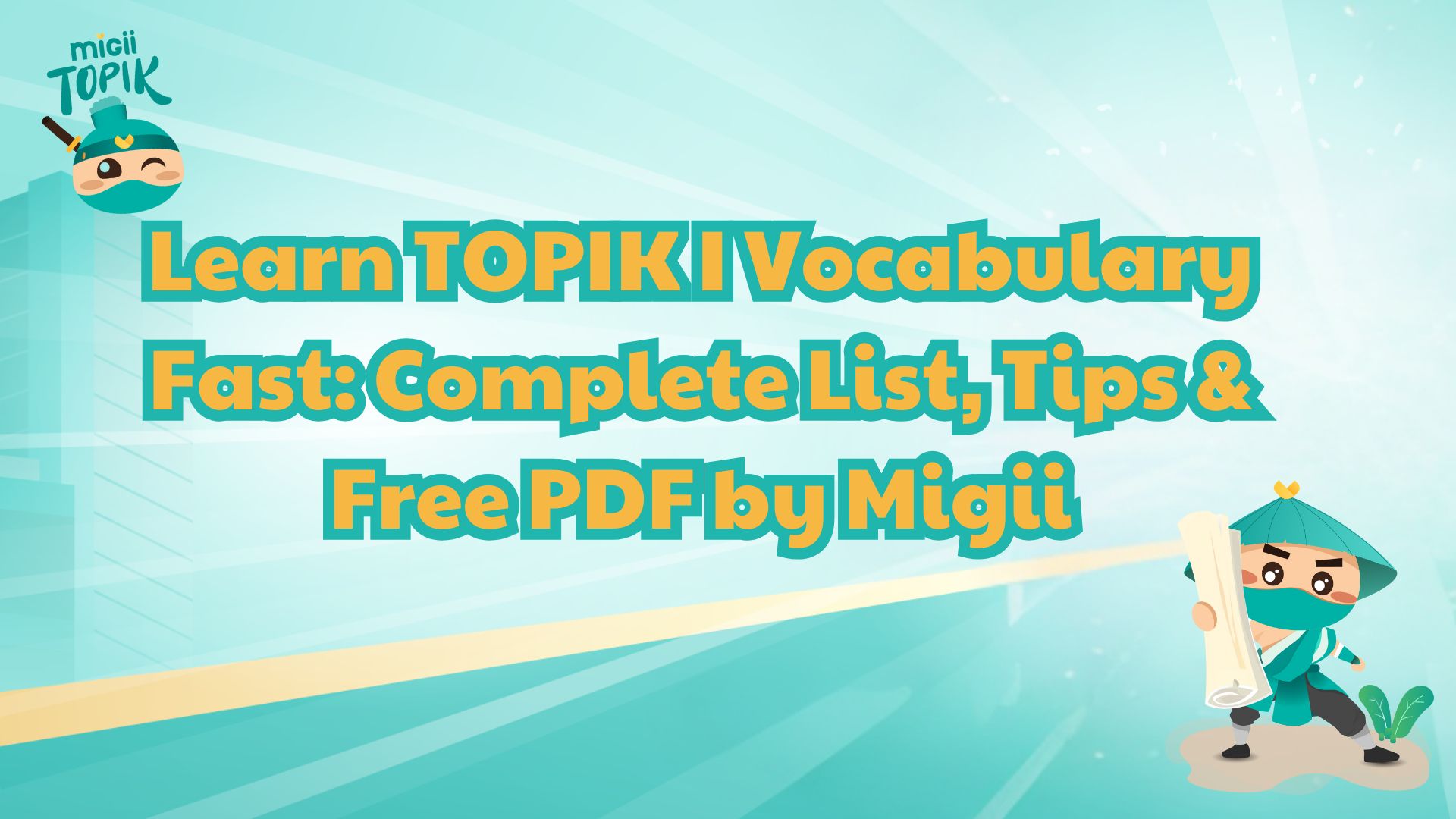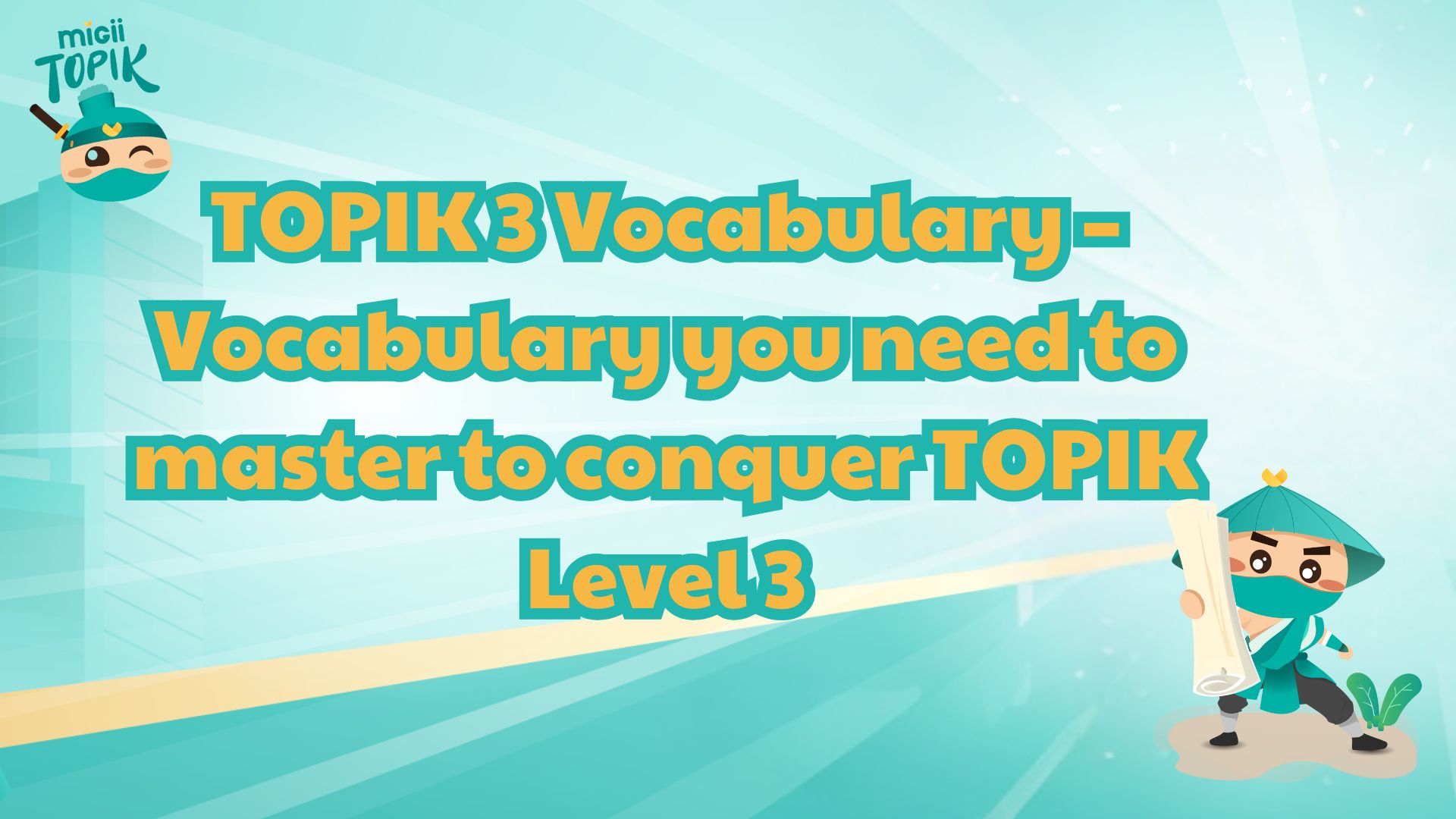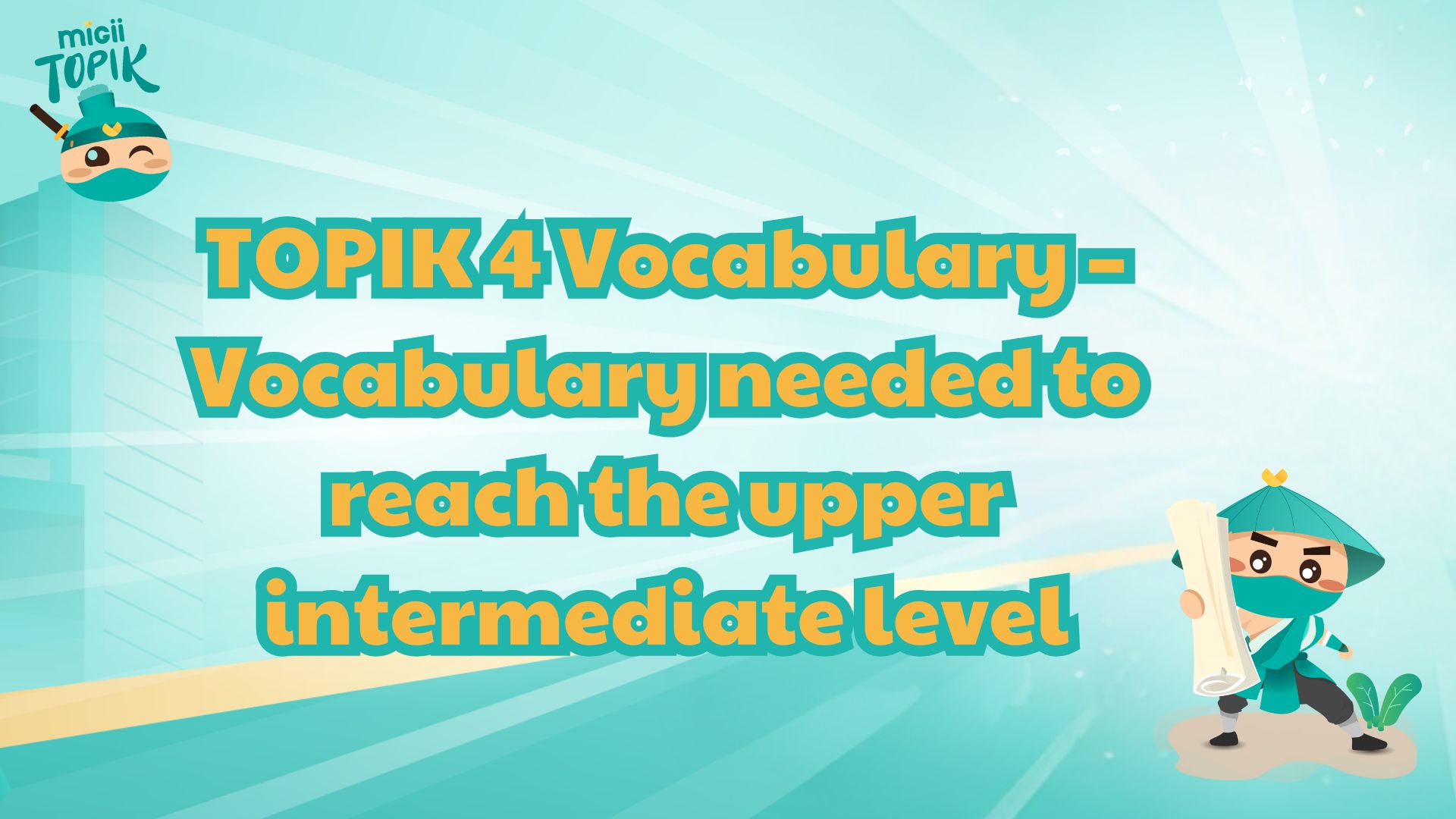Learning Japanese for the first time can feel a bit overwhelming, but don’t worry—you’ll get the hang of it step by step. But trust me, getting a solid handle on the essential N5 verbs is the single best thing you can do for yourself. These aren't just words; they're the core of the language, popping up in everyday chats, at school, during meals, and on every trip.
Once you truly get what these verbs mean—and how they change—you’ll be able to build your own sentences, get better at speaking, and walk into that N5 exam feeling ready. Honestly, with a little practice and the right tools, it’s a lot more enjoyable than it sounds.
JLPT N5 verbs
What is JLPT N5 and Why Verbs Matter
So, what exactly is the JLPT N5? It's the first step on the Japanese language test ladder, designed for people like us who are just beginning. It checks if you can handle basic words, grammar, and, most importantly, the key verbs we need for daily life. If you’re serious about learning Japanese, making friends with these N5 verbs is your first and most critical mission.
At this level, they say we should know about 100 Kanji and 800 words, but I think the verbs are the real foundation. They’re the ones you’ll see in every simple sentence about your day, your studies, your meals, and your travels. Getting confident with them doesn't just help with reading; it's the foundation for everything else you'll do, from listening to speaking.
Why all the fuss about verbs? In Japanese, they're the heart and soul of a sentence. They tell you who's doing what and when. You can know a thousand nouns, but without the right verb, you're stuck. That's why I always tell people to focus on practicing these N5 verbs from the start. It will build your confidence and help you move on to the next levels much faster.
What is JLPT N5
Different Types of JLPT N5 Verbs
To make sense of Japanese, you need to know the three verb groups. Each group has its own rules, and once you learn them, conjugating becomes a breeze.
Group 1 Verbs (“-u” verbs) This group is the biggest. You can usually spot them by their dictionary form ending in -u, -ku, -su, -tsu, -nu, -bu, -mu, -ru, or -gu. Conjugating involves changing that final "u" sound.
- For example, you'll see:
- 書く (kaku) – to write
- 話す (hanasu) – to speak
- 待つ (matsu) – to wait
- 飲む (nomu) – to drink
- If you want to say "I write" politely, 書く (kaku) becomes 書きます (kakimasu). These verbs are everywhere, so learning their patterns is a huge win.
Group 2 Verbs (“-ru” verbs) These verbs are much easier! Most of them end in -eru or -iru. To conjugate them, you just drop the -ru and add the new ending.
- Here are some you'll use daily:
- 食べる (taberu) – to eat
- 見る (miru) – to see/watch
- 寝る (neru) – to sleep
- 起きる (okiru) – to wake up
- For example, 食べる (taberu) changes to 食べます (tabemasu). These verbs are so common you'll master them in no time.
Group 3 Verbs (Irregular) These two are the rebels of the verb world. They don’t follow any rules, so you just have to remember them. No worries, it’s just two!
- You absolutely must know:
- する (suru) – to do
- 来る (kuru) – to come
- You'll use them constantly. For example, する (suru) becomes します (shimasu), and 来る (kuru) becomes 来ます (kimasu).
Essential JLPT N5 Verbs You Need to Know
As a beginner, these are the verbs that will give you the most bang for your buck. I’ve grouped them by topic to make them easier to remember.
- Daily Life Verbs:
- 起きる (okiru) – to wake up
- 寝る (neru) – to sleep
- 行く (iku) – to go
- 来る (kuru) – to come
- いる (iru) – to be (for living things)
- Study/School Verbs:
- 学ぶ (manabu) – to learn
- 読む (yomu) – to read
- 書く (kaku) – to write
- 聞く (kiku) – to listen/ask
- 見る (miru) – to see/watch
- Eating Verbs:
- 食べる (taberu) – to eat
- 飲む (nomu) – to drink
- 作る (tsukuru) – to make/cook
- 買う (kau) – to buy
- 注ぐ (sosogu) – to pour
- Travel Verbs:
- 歩く (aruku) – to walk
- 乗る (noru) – to get on (a bus, train)
- 降りる (oriru) – to get off
- 帰る (kaeru) – to go home
- 曲がる (magaru) – to turn (a corner)
- Communication Verbs:
- 話す (hanasu) – to speak
- 言う (iu) – to say
- 聞く (kiku) – to ask/listen
- 教える (oshieru) – to teach/tell
- する (suru) – to do
Once you have these down, you can start building simple sentences for any everyday situation. Practicing them in context is the best way to make them stick and to feel ready for the N5.
Essential JLPT N5 Verbs You Need to Know
Tips for Learning JLPT N5 Verbs Quickly
When I was first learning, these strategies helped me a ton. They make the process much more efficient and less of a chore.
- Use them in full sentences:
- This is my #1 tip. Instead of just memorizing "食べる = to eat," try putting it in a sentence like, “I eat breakfast every morning.” → 毎朝朝ご飯を食べます。(Maiasa asagohan o tabemasu.)
- This helps your brain understand how the verb works and makes it easier to use naturally.
- Flashcards and Apps are your friends:
- Flashcards are a lifesaver. Write the Japanese verb on one side and the English/Romaji on the other. Try adding an example sentence too. Apps like Migii, Anki, or Quizlet are great because they use spaced repetition to help you review at the perfect time.
- Just 10-15 minutes a day is all you need to keep those verbs fresh in your mind.
- Practice your conjugations each day:
- This is the hard part, but it's essential. Start with the polite forms:
- Polite Present: 書く → 書きます (kaku → kakimasu)
- Negative: 行く → 行きません (iku → ikimasen)
- Polite Past: 食べる → 食べました (taberu → tabemashita)
- The more you practice, the more natural it will feel. Combine it with real sentences, and you’ll be a pro in no time.
- This is the hard part, but it's essential. Start with the polite forms:
Tips for Learning JLPT N5 Verbs Quickly
Example Sentences with JLPT N5 Verbs
Here are some quick examples for each verb group to get you started.
- Group 1:
- 日本語で手紙を書くことにします。 (Nihongo de tegami o kaku koto ni shimasu.) I’ll write a letter in Japanese.
- 友達と日本語で話をします。(Tomodachi to nihongo de hanashi o shimasu.) I talk with my friend in Japanese.
- 駅で友達が来るのを待ちます。(Eki de tomodachi ga kuru no o machimasu.) I wait at the station for my friend to arrive.
- Group 2:
- 朝ご飯を食べます。(Asagohan o tabemasu.) I eat breakfast.
- 映画を見ます。(Eiga o mimasu.) I watch a movie.
- 10時に寝ます。(Juuji ni nemasu.) I sleep at 10 o’clock.
- Group 3:
- 勉強をします。(Benkyou o shimasu.) I study.
- 明日学校に行くつもりです。(Ashita gakkou ni iku tsumori desu.) I intend to go to school tomorrow.
Common Questions About JLPT N5 Verbs
A lot of new learners have the same questions, so I'll answer a few of the big ones here.
How many verbs should I learn for N5?
Aim for about 100-120. That's a great core set to cover daily life, school, and communication. Mastering them means you'll understand most beginner-level sentences.
Should I learn every single verb?
My advice? Prioritize the common verbs before moving on to the rarer ones. The ones that show up in conversations and practice tests. This way, learning won’t feel overwhelming, and you’ll build confidence step by step.
How can I memorize them faster?
- Use sentences: Don’t just memorize the word; learn it in a full sentence.
- Review daily: Flashcards and apps are perfect for this.
- Practice conjugation: Do it every day until it's second nature.
- Find a study buddy: Learning with a friend can make it more fun and interactive.
- Use them yourself: Try to talk about your own daily activities using the verbs you've learned.
Following these tips will make your learning journey so much smoother and get you ready for the N5 exam.
Recommended JLPT N5 Vocabulary
Free JLPT N5 Vocabulary List (by Migii JLPT): This list is awesome because it’s organized by topic, with clear examples. It’s perfect for daily review.
Download the Migii JLPT N5 Vocabulary PDF using this link
Try N5 English Version (by Migii JLPT): This beginner-friendly textbook helps you see how vocabulary and grammar work together in real sentences.
Download Migii JLPT’s English N5 PDF here
Kirari Nihongo N5 (by Migii JLPT): This book is great for absolute beginners, with vocabulary, grammar, and reading practice all in one place.
Download the Kirari Nihongo N5 PDF from Migii JLPT using this link
JLPT N5 Adverbs PDF (by Migii JLPT): Don't forget about adverbs! This mini-list focuses on common ones like “よく (often)” and “すぐ (soon),” with example sentences to help you remember them.
Download the JLPT N5 Adverbs PDF from Migii JLPT using this link
Ready to test yourself? Try a free practice exam on Migii JLPT N5 vocabulary list PDF to see how well you’ve mastered these essential N5 words!
Conclusion
Mastering N5 verbs is the foundation for a great start in Japanese. These verbs aren't just things to memorize; they're the tools you'll use to express yourself every day. When you understand them, you'll feel confident reading, writing, and speaking at this beginner level.
At Migii JLPT, we really believe in focusing on the essential verbs you'll use most often. Our platform offers everything you need—example sentences, flashcards, and interactive exercises—to help you learn them quickly and remember them forever.








